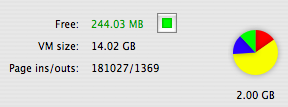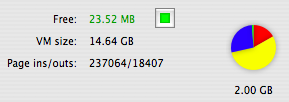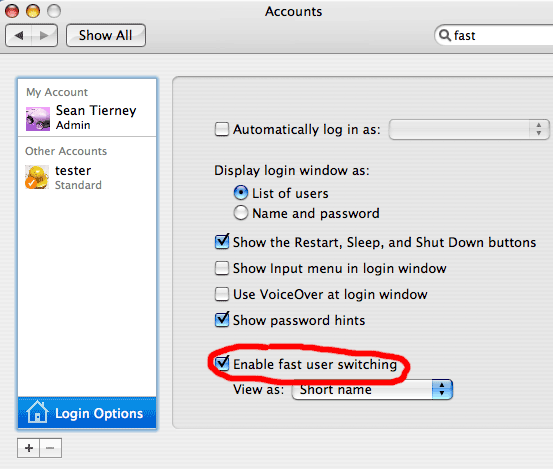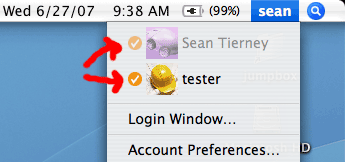I just upgraded my version of Parallels from 2.5 to the latest version 3. VMware had upped the ante when they added snapshots to VMware fusion on the last time around but Parallels matched their bet and then raised by adding multiple snapshots. If you haven’t used either product, snapshots is basically a way of preserving the state of a VM right from the virtualization console so you can easily revert back to it and undo any changes you’ve made without having to clone the entire disk image using an external tool. It also saves space since it just stores the delta from the previous version.
I had misunderstood thinking that Parallels just did multiple serial snapshots but it actually can do multiple branching snapshots. It’s a bit like lead climbing and placing pitons on your way up the rock face so you limit your fall. VMware gives you one route up the face and more importantly, one piton which you can continuously unhook and place right behind you. Parallels gives you unlimited routes up the face with unlimited pitons so you can choose to fall back to any previous position on the climb or jump to any point on an entirely different route.
You can also think of it like this: remember that movie Sliding Doors with Gwyneth Paltrow (hot) where there’s dual realities occurring simultaneously? In Parallels 3 you can branch a VM indefinitely and grow multiple realities from the same VM. The coherence features and offline file explorer stuff they’ve added in this release is nice, but multiple snapshots is the killer feature now that VMware will have to match if they hope to keep up with Parallels in the desktop virtualization space. We’re partners with both companies so frankly, having this kind of competition elevate the level of play is thrilling to see.














